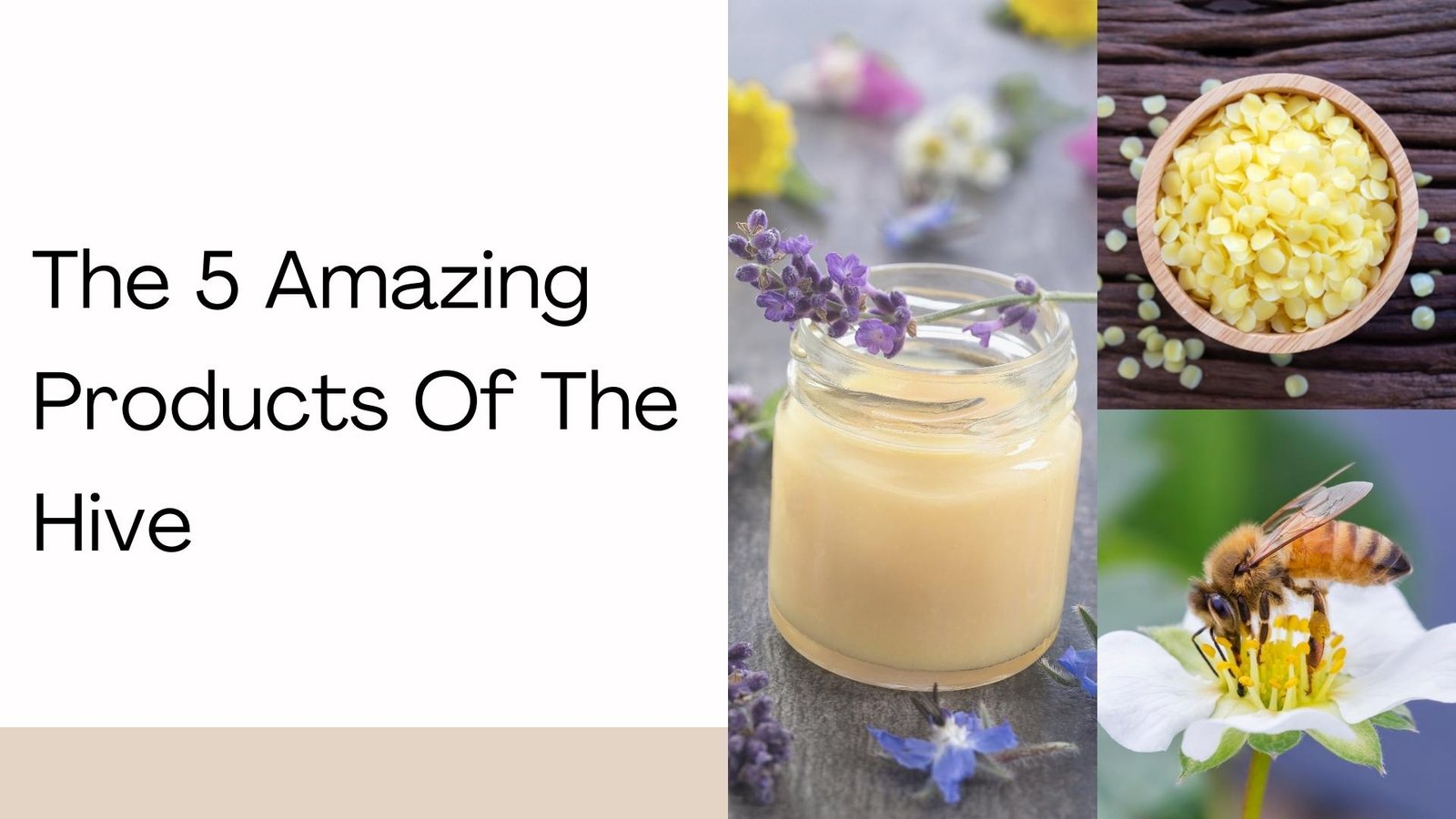
Bees Make So Much More Than Honey
Throughout our lives, we have always known that bees produce honey in their hives. However, bees also produce other beneficial products such as beeswax, pollen, royal jelly and more. Do you know that these products have been used for health and medical purposes for a long time? One famous example is Apitherapy, which relies on products created by honeybees to cure serious illnesses and injuries globally. To know more about the value of these products, let us dive deep into the different products of the hive and learn more about their uses.

#1 Beeswax
Beeswax is a natural substance that worker bees secrete from their abdominal glands to create walls within the honeycomb to store larvae, honey and pollen. To produce sufficient beeswax, worker bees engage in the strenuous task of creating and eating large sums of honey so as to protect the beehive and maintain the quality of honey. Beeswax helps to protect the hive from diseases and environmental conditions that can harm the hive, thus preventing the hive from spoiling. Given that it acts like a shield, this ensures that the hive is safe, which also preserves the quality of honey stored within the hive. Learn more about how beeswax is produced here.
So how do bee-keepers collect beeswax? When honey is harvested, the bee-keepers remove wax cappings from damaged and stale honeycombs and gather them in uncapping tubs that filter the wax from the honey. You may wonder, why do bee-keepers collect beeswax even though it’s a time-consuming process? This is because beeswax can be used to create many products, such as medical ointments as it reduces inflammation and allergies. Beeswax can also be used to create lip balms as it has moisturising properties. Click on the article here to learn more about the uses of beeswax.
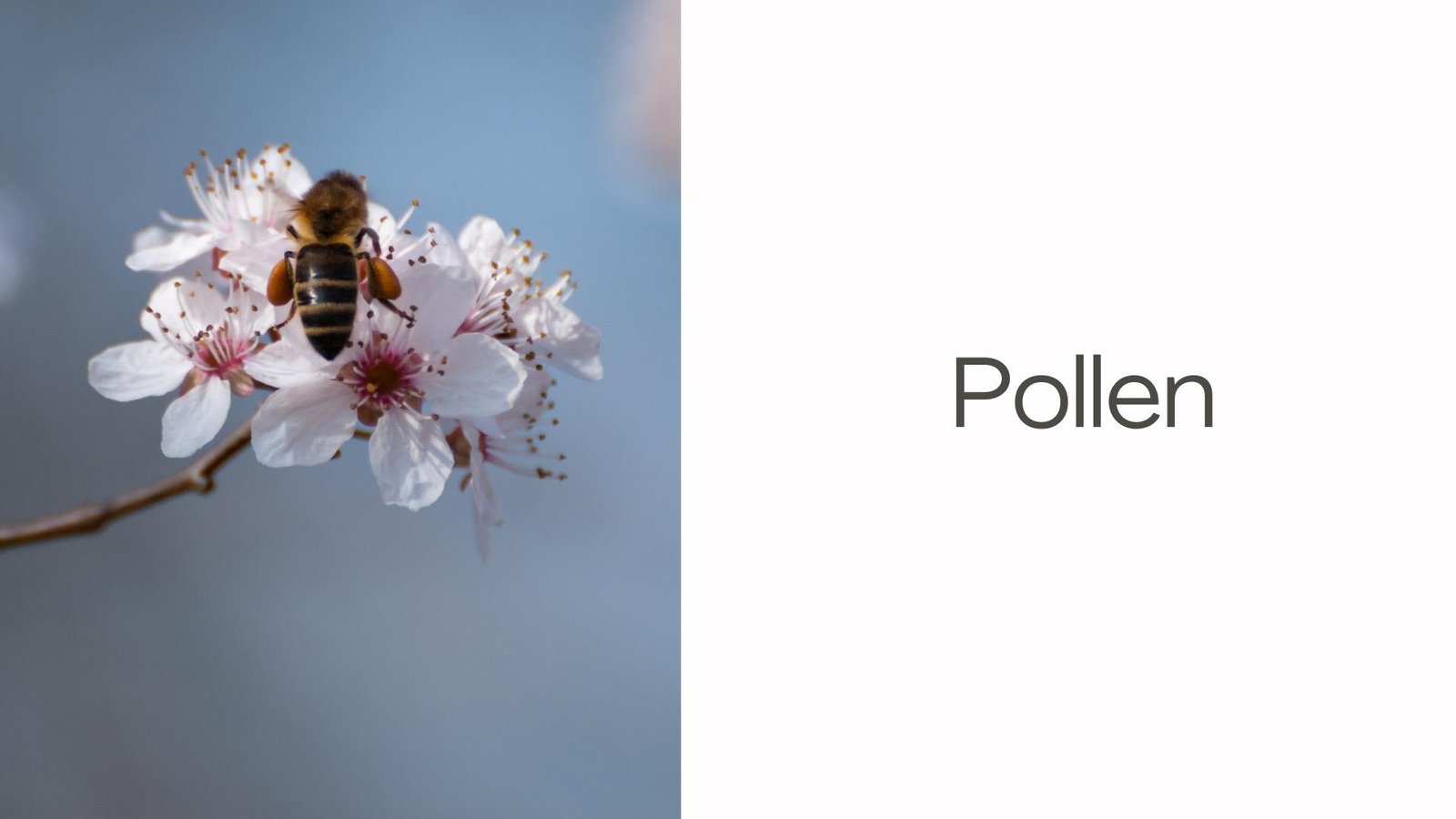
#2 Pollen
When bees search for food, they collect both nectar and pollen from flowers. However, these bees have to harvest pollen from different types of plants as pollens may differ across various flowers in the number of nutrients and enzymes they contain. Moreover, the quantity of nectar and pollen that honey bees gather may vary according to the bee population’s needs.
Given their small body sizes, we may wonder how bees carry pollen back to their hives. First, the bees gather pollen on their hairy bodies before transferring the pollen to the hairs on their back legs. At the same time, the bees include nectar and sugar to the pollen to pack it easily. The bees also add enzymes to pollen for its fermentation so that they can store pollen and use it at a later time.
So how do beekeepers harvest pollen? The beekeepers locate pollen traps at the entrances of bee hives, which remove some of the pollen from the bees’ back legs. The beekeepers then gather pollen in a box below the hive and harvest it. The harvested pollen is then sold as a dietary supplement for humans or used to feed hungry bees in later seasons.
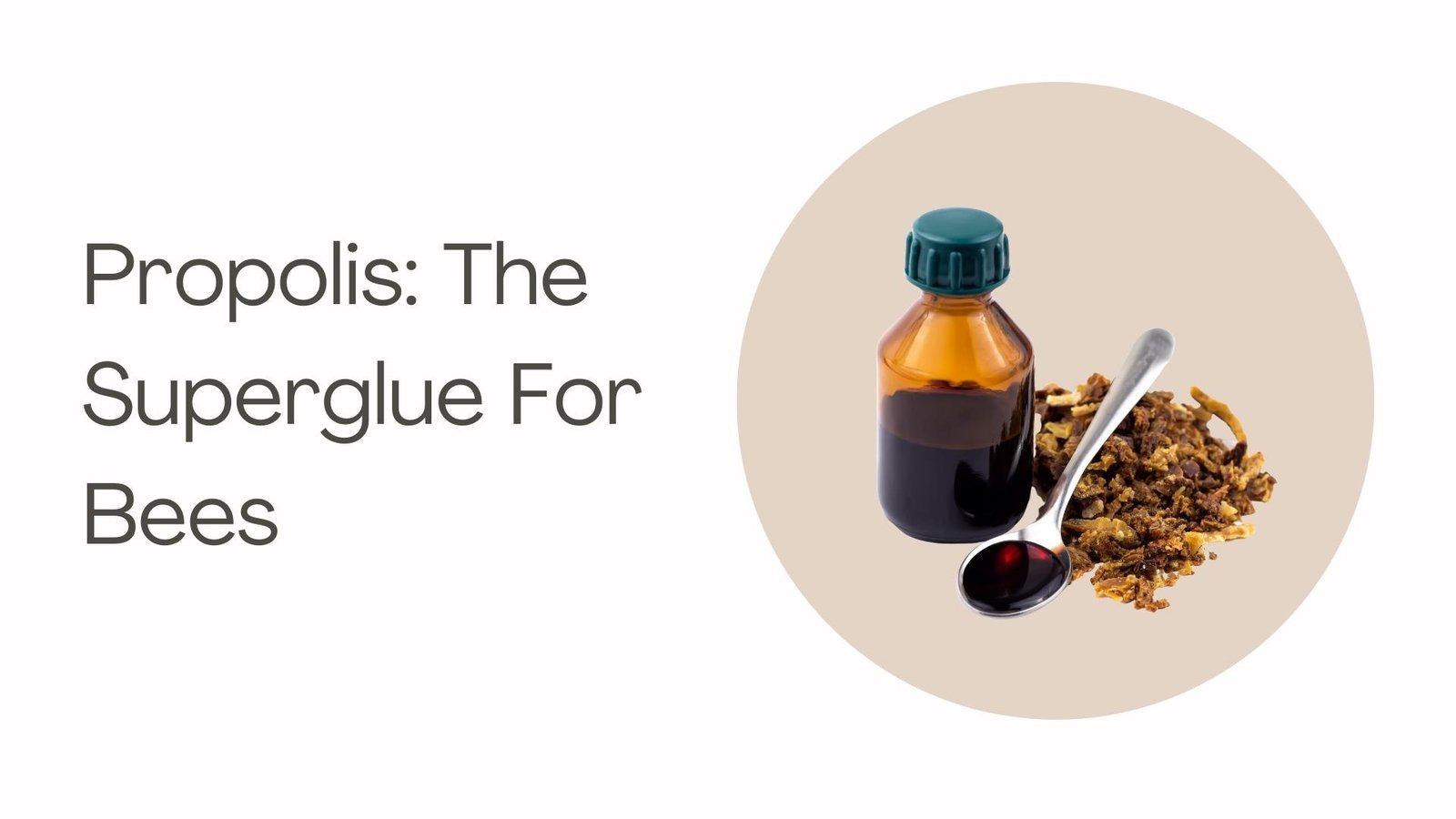
#3 Propolis
Do you know that bees have their own superglue too? Let us introduce Propolis, a thick and sticky substance that bees use to strengthen the weak beeswax cells within the hives and block cracks in the hives to protect them against pests and diseases. During the harvesting process, bee-keepers either scrape propolis in the hive with their hive tools or create propolis traps and locate them in hives to collect propolis.
You may wonder, how do bees make propolis? During the spring and summer seasons, bees collect plant resins that are produced by trees with growing leaves and flower buds to prevent insects and diseases from harming their buds. Next, the bees include several enzymes and some beeswax to the resin to create propolis. However, the types of resin may vary across trees. Thus, there may be different categories of propolis.
Some of you may ask: If Propolis is useful for bees, does it have any benefits for humans? The answer is yes! Propolis contains a special compound called Pinocembrin, a natural substance that provides antifungal properties to prevent the development of fungi that cause diseases. The antifungal properties of Propolis make it very suitable for curing illnesses and injuries. A study conducted on the healing properties of Propolis in 2015 showed that Propolis healed severe burns that people sustained in a short period of time. Moreover, there are many ways of using Propolis, such as sucking it like a lozenge or combining it with grain alcohol to form a solution.
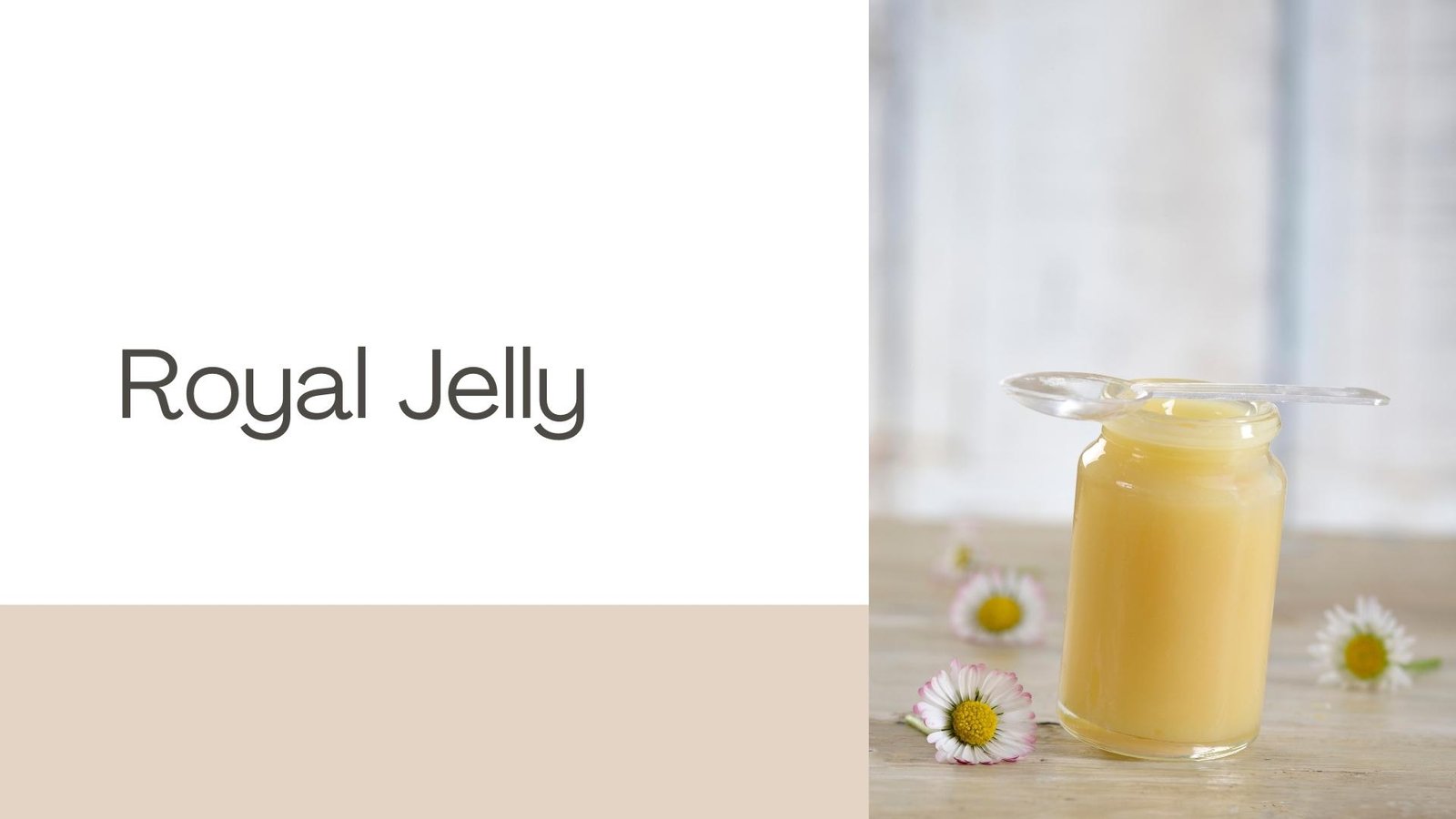
#4 Royal Jelly
Royal Jelly is a very nutritious milky substance that is secreted from the worker nurse bee’s hypopharynx glands. It is fed to all bee larvae, including drone bees and worker bees only for 3 days. However, the royal jelly is fed to the queen bee for its whole life.
Royal Jelly is known in Chinese medicine to increase energy and youthfulness. It is also used in skincare and beauty products as it is believed to have anti-ageing properties. Some medicine uses royal jelly to aid in respiratory infections, influenza and high blood pressure. Royal Jelly is known to contain many water-soluble vitamins, which are beneficial to the body.
When the old queen bee becomes weak or dies, worker bees feed the selected female larvae with an abundant supply of royal jelly in queen cells, which are cells that enable larvae to grow into new queens. These queen cells are much bigger than the worker or drone cells. Royal jelly fully develops the queen bees’ body structure as it contains a protein known as royalactin, which increases the queen bees’ body size and ovary development in a short period of time.
You may ask: How do beekeepers collect royal jelly? First, beekeepers form a small colony of bees with no queen to ensure that there are sufficient nurse bees in the hive. The beekeepers then place 18 to 24-hour old worker larvae into specialised “queen cups” made from plastic or wax, which provide the appropriate dimensions for bees to build queen cells.
These cups carry honey bee eggs that are hand grafted into each cup. The nurse bees then use the eggs and queen cups to raise bee queens by producing royal jelly. When the queen larvae are about 3 days old, beekeepers use suction tubes to collect royal jelly. To prevent the royal jelly from spoiling easily, beekeepers store it in a proper cold storage, such as a household refrigerator or freezer until it is transported to a collection centre or sold. Honey or beeswax is occasionally added to royal jelly to extend its shelf life.
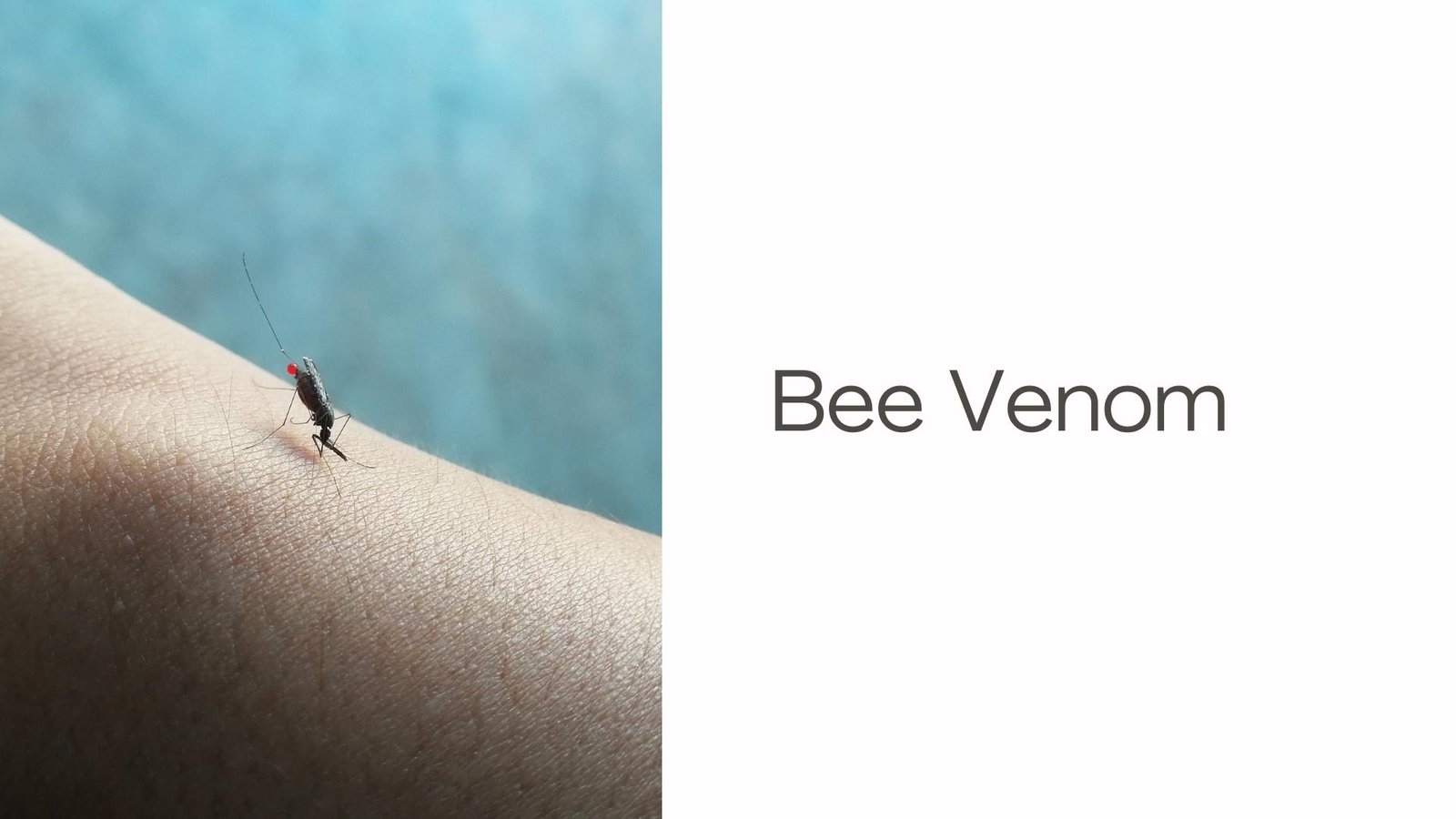
Bee Venom: The Painful Yet Effective Cure For Diseases
Yes, we get that bee stings are incredibly painful. In fact, bee venom is the main reason why bee stings are agonising. Nevertheless, hear us out as we explore the benefits of bee venom.
This may be shocking news, but bee venom can be used to cure serious illnesses that cannot be treated by traditional medicine. For example, bee venom therapy has been used to cure lyme disease, multiple sclerosis and rheumatoid arthritis. So how does bee therapy work? Traditionally, the person providing the bee venom would put the bee on the part of the patient’s body that requires treatment, causing the bee to sting the person. However, if you have a fear of bees, you can request for the venom treatment to be administered through a syringe. The time period for bee venom therapy differs according to the patient’s condition.
Conclusion
Once again, bees don’t just make honey only! There are many other products that bees produce in the hive which can be used in our daily lives. We hope that this article has given you more insights into these products. Nevertheless, if you’re keen to grab a jar of honey, check out our products here!



